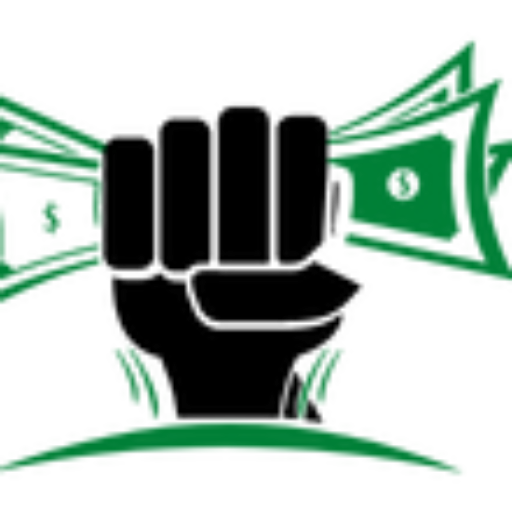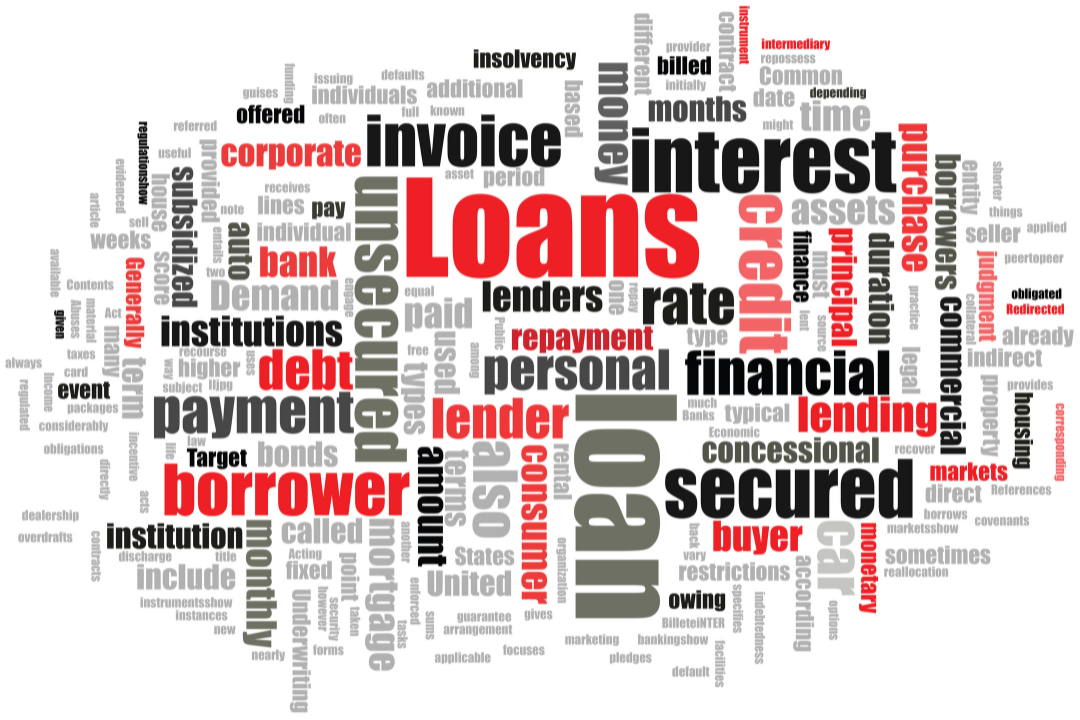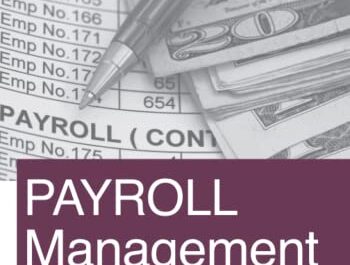The economic climate is perpetually shifting, and with it, the viability and attractiveness of various financial products. For self-employed individuals and business owners looking to enter the property market, a key question on many minds is: “Are Low Doc Home Loans still a worthwhile option in 2025?”
As we navigate the mid-2020s, characterized by unique interest rate movements, evolving lending trends, and critical regulatory updates, it’s essential to conduct a fresh and insightful assessment of the true value proposition of Low Doc Home Loans. This article will delve into the current landscape, weighing the advantages against the potential drawbacks to help you make an informed decision.
The Unmatched Accessibility for the Self-Employed
One of the most enduring and compelling reasons why Low Doc Home Loans remain highly relevant in 2025 is their unmatched accessibility for the self-employed. In an economy increasingly defined by independent contractors, gig workers, and small business enterprises, traditional lending criteria often prove to be a significant barrier.
These professionals, despite having robust and consistent incomes, typically lack the standard payslips and detailed multi-year tax returns that conventional banks demand. Alternative Documentation Home Loans bypass this hurdle by accepting alternative forms of income verification, such as Business Activity Statements (BAS), accountant’s letters, and consistent bank statements. This flexibility isn’t just a convenience; it’s a fundamental necessity for a significant segment of the workforce, allowing them to participate in the housing market when other avenues are closed. Without Alternative Documentation Home Loans, many successful self-employed individuals would struggle to secure property finance.
Understanding Interest Rates and Borrowing Capacity in 2025
When assessing the worth of Low Documentation Home Loans in 2025, a critical factor is the current interest rate environment. Historically, Low Doc Home Loans often carried a slightly higher interest rate compared to their full documentation counterparts, compensating lenders for the perceived higher risk associated with less traditional income verification.
While this differential can still exist, the market has seen increased competition among lenders, both traditional and non-bank, offering Alternative Documentation Home Loans. This competition has, in many cases, led to more competitive rates, narrowing the gap. However, prospective borrowers must still be prepared to shop around diligently and compare offers. Furthermore, lenders in 2025 may still require a higher deposit or a lower Loan-to-Value Ratio (LVR) for Alternative Documentation Home Loans (e.g., a 20% or 30% deposit rather than 5% or 10%).
This aims to mitigate risk and ensures borrowers have a significant equity stake. Understanding these financial implications is crucial for determining overall borrowing capacity and affordability.
Lending Trends and Regulatory Environment in 2025
The lending landscape for Low Doc Home Loans in 2025 is characterized by a mature and increasingly sophisticated market. There’s a growing understanding among financial institutions that the self-employed sector is a legitimate and often lucrative borrower segment. More lenders are entering this space, leading to more product diversification and potentially better terms for borrowers.
Simultaneously, regulatory bodies continue to oversee lending practices to ensure responsible lending. While this means lenders will still conduct thorough assessments of serviceability, even with alternative documentation, it also provides a layer of protection for borrowers. The focus in 2025 is on ensuring that borrowers can genuinely afford their repayments, irrespective of their employment type. This balanced approach helps solidify the credibility of Low Doc Home Loans within the broader financial industry.
The Trade-Offs: Is the Investment Worth It?
Like any financial product, Alternative Documentation Home Loans come with trade-offs. The potential for a slightly higher interest rate and the requirement for a larger deposit are the most common considerations. For some, accumulating a larger deposit can be a significant hurdle. However, it’s essential to view these factors in context.
For the self-employed, these trade-offs often represent the only viable path to homeownership. The alternative might be remaining in the rental market indefinitely, missing out on potential capital gains, and foregoing the stability and wealth creation that property ownership offers. The question then becomes not “Are Low Documentation Home Loans perfect?”, but “Are they the best option for my unique circumstances in 2025?” For many, the answer is a resounding yes, provided they are financially prepared and have a clear understanding of the terms.
Conclusion: Making the Right Call on Low Doc Home Loans in 2025
In conclusion, for self-employed individuals navigating the property market in 2025, Low Doc Home Loans remain a robust and highly valuable financial instrument. They offer critical accessibility where traditional mortgages fall short, adapting to the diverse income streams of modern entrepreneurs.
While borrowers must be aware of potential differences in interest rates and deposit requirements, the increasing competitiveness of the market and the growing acceptance of self-employed borrowers by lenders make these loans a practical and often essential pathway to homeownership.
The key to determining if Low Doc Home Loans are “worth it” for you in 2025 lies in diligent research, careful financial planning, and seeking advice from mortgage professionals who specialize in self-employed lending. With the right approach, these loans can be a powerful enabler, turning your homeownership aspirations into a tangible reality.



